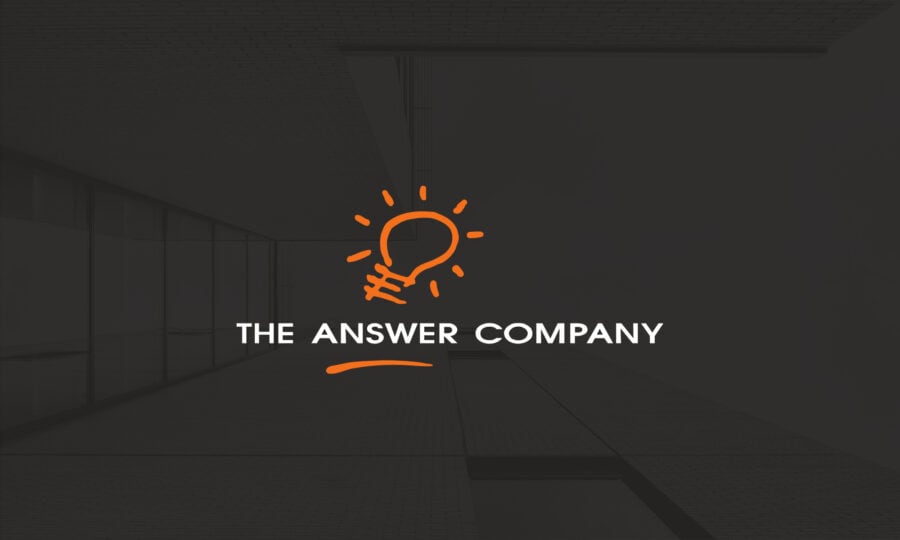Moving Communication out of Emails and into Sage Intacct
It’s nearly impossible to overstate the impact that email has had on workplaces. In fact, email is so ubiquitous in professional environments that it’s taken for granted. We use it for everything: inbound and outbound communication with customers, partners, service providers, even to colleagues in our office at the next desk. Just because we do use it for everything though, does that mean we should?
There are clear disadvantages to the medium. It’s thought that the average office worker receives 120 emails per day. Cleaning all of those unread emails can take up a significant chunk of an employee’s day. Worse still, if all of those emails go unread, vital information could be getting buried. When email chains become complex, it can be easy to miss information. That is if the conversation actually stays in one chain, instead of spread across multiple chains, or mentioned in unrelated emails. When a problem arises, it presents a huge headache for team members to scroll through and piece together the context of the issue before they can attempt to solve it.
Sage Intacct’s Collaboration feature has the perfect remedy for this headache. The premise is simple: all of the pertinent questions regarding a record in Intacct are logged as comments within the record. Team members can see these comments and add to them, or answer any questions posed. This then stays there, for future users to see. You can even attach files that help solve issues. This can be done on any entity within the system: contacts, bills, projects etc.
Teams or departments can also be set up as groups within Intacct, and these can be made public or private. This is a helpful tool for solving issues amongst teams, with all of the context clearly visible. If your group is added to a particular activity or someone comments, you can receive an email notification, letting you know that there is a query that you may be able to help solve. A feed of new comments and questions can be found on each user’s dashboard when they first log in.
Collaborate is built on Salesforce’s Chatter, and as such, the two platforms have a tight integration. With the Collaboration feature, information is dynamically passed between Salesforce and Intacct. This means that, for example, your sales team do not need to have access to the financials side of Intacct. If they use Salesforce, they can make notes in the record in Salesforce, and these will be added to the corresponding record in Intacct, without any human intervention.
As previously mentioned, this record stays visible indefinitely. A common issue with email chains is that, if an employee leaves your organization and has their inbox deactivated, valuable knowledge may be lost or inaccessible. Not only does the Sage Intacct Collaborate feature cut down the time spent trawling through emails of a past employee, it means that all information is clear and can be taken in the context of the record it appends.
In a recent case study undertaken by Sage Intacct, a company that started using the Collaborative feature was able to speed up their invoicing by 60% and reduce variance in their cash forecasting from 10% down to just 3%. So, while we are by no means saying that the Age of Email is dead and gone, there are definitely new tools that are more fit-for-purpose than the humble email. With Sage Intacct Collaborate, inboxes get less overcrowded, issues get resolved quicker, and there is a clear play-by-play of how it was dealt with right in the relevant record.
